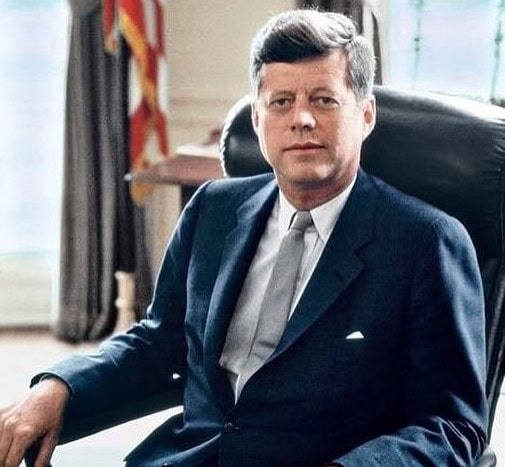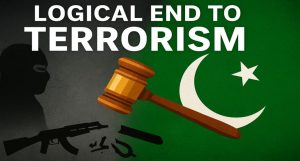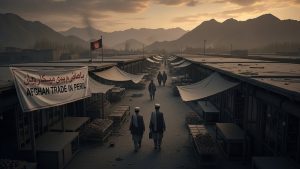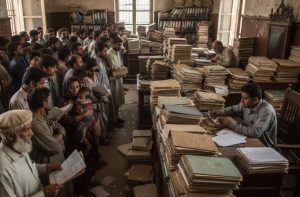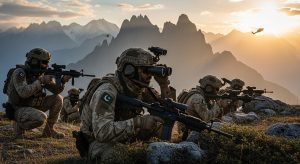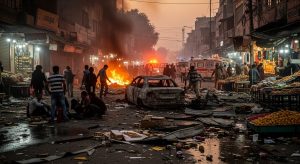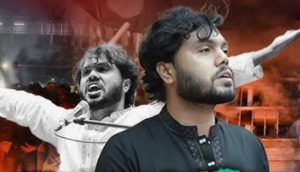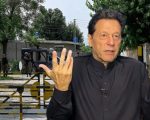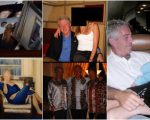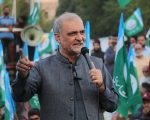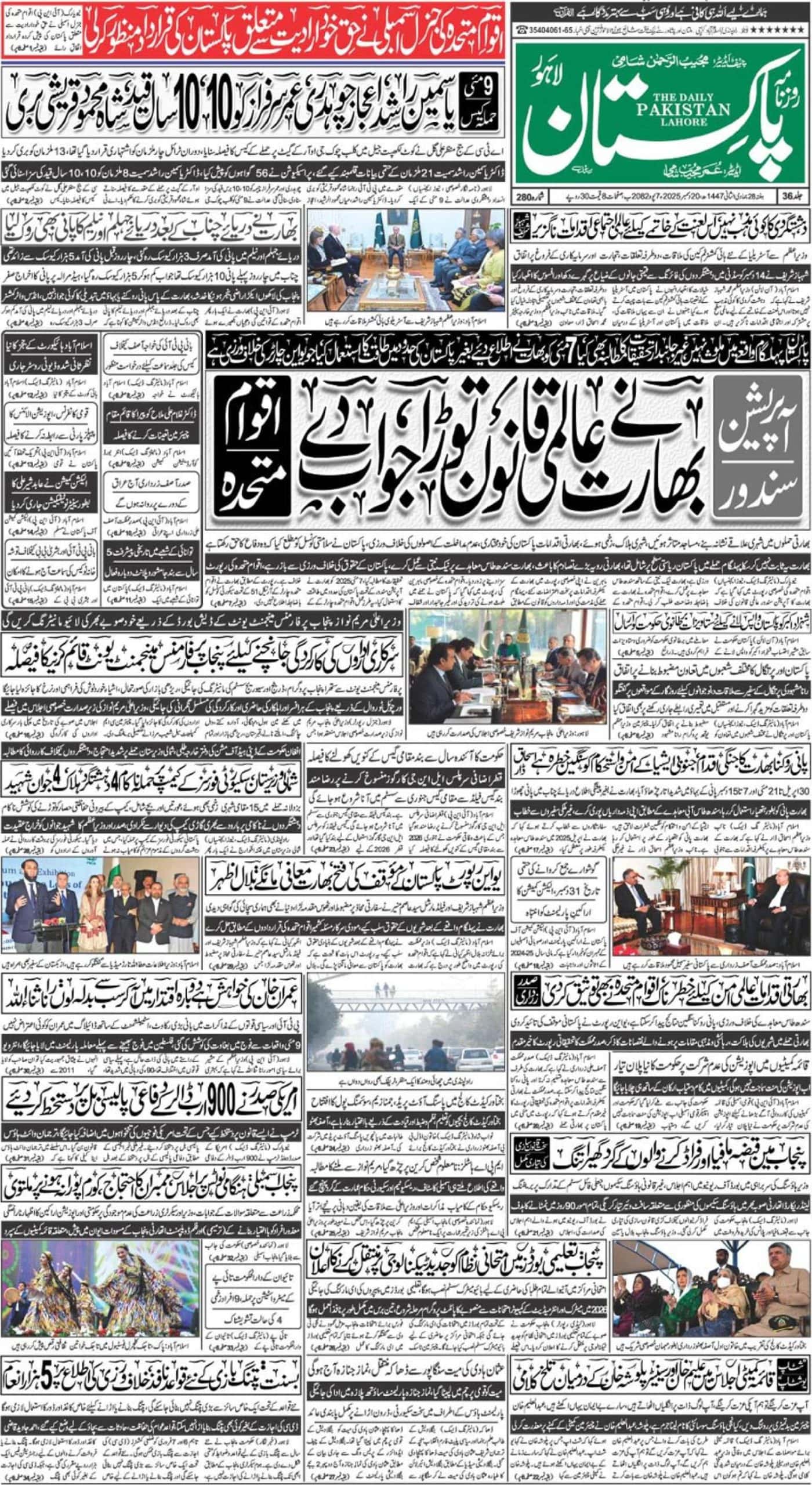When President John F. Kennedy (JFK) was assassinated, he was fatally hit by a shot that was fired from the front of his car. However, in order to deceive and hoodwink the public, a story that a lone gunman, Lee Harvey Oswald, had shot the President from the sixth floor of the Texas Book Depository Building, was fed to the media within hours. The problem, however, was that the Book Depository was at the rear of President Kennedy. So what did the plotters do? They, among other things, did not allow an autopsy to be performed at the Parkland Hospital in Dallas, in contravention of the law. To achieve that the Secret Service took away the dead body of JFK illegally from Parkland Hospital by force.
A proper autopsy by an appropriately qualified doctor would have revealed that President Kennedy was fatally hit on his head by a bullet coming from the front. And that would have ripped the false cover story apart. A highly suspicious autopsy was to be performed, later in the day, under the gaze and control of military men, at the Bethesda Naval Hospital in Washington D.C. The main doctors who carried out the autopsy were not qualified to conduct an autopsy and had never done so in their lives!
The story of what happened was not known to the public for a long time. It was first revealed in 1992 by Dr. Charles A. Crenshaw, who was one of the doctors present in the operation theatre at Parkland Hospital, Dallas, where attempts to save JFK’s life were made. That operation theatre was known as Trauma Room One. Dr. Crenshaw wrote a book JFK: A Conspiracy of Silence in that year. Then, in 2001 Dr. Crenshaw co-authored a revised and expanded version of the book with the title Trauma Room One: The JFK Medical Coverup Exposed. In the year 2022 Cyril Wecht, who has an M.D. as well as a J.D. (i.e. he is a doctor as well as a lawyer) wrote a book with Dana Kaufmann titled The JFK Assassination Dissected: An Analysis by Forensic Pathologist Cyril Wecht, in which he provided further details on the JFK medical cover-up. He writes: “Texas, like every other state in the nation, adheres to a law mandating that an autopsy be performed by the local jurisdiction in which the death occurred. An autopsy is required when a death is suspicious, unexpected, or outside the care of an attending doctor.” Wecht states further that the autopsy is “conducted by a licensed physician whose training and skills are required to determine the manner and cause of death.”
Thus the performance of an autopsy in Dallas, where the death occurred, was mandated by Texas law. And the autopsy had to be conducted by someone qualified to conduct autopsies. Although John Kennedy died in the presence of a dozen or so doctors “his death still required an autopsy.” That would allow the wounds to be properly inspected and evaluated. “Information about the bullet or bullets that might be surgically removed would become useful for police to find the suspected shooter and for the prosecution who would be taking the suspect to the court and trying him or her for murder.” This is precisely what the plotters of the assassination did not want. Because an autopsy would have revealed the direction from which the bullets came and the nature or make of these bullets. That would have simply killed the lone gunman theory being vigorously implanted in the public mind.
The person who had legal jurisdiction to conduct the autopsy of the deceased president’s body was Earl Forrest Rose of the Dallas Coroner’s office. Rose was a certified medical examiner. Once the president’s body had been put in a bronze casket something unexpected happened. The casket was to be taken for autopsy to another room, but, in the words of Dr. Crenshaw: “As though on a cue, a phalanx of guards poured into Trauma Room 1. They looked like a horde of locusts descending on a corn field. Without any discussion they encircled the casket and began escorting the President’s body down the hall towards the emergency room exit.”. They could not take the body away without an autopsy as required by the law. And it was the responsibility of Dr. Rose to carry out the autopsy. Therefore Dr. Rose had to intervene.
Dr. Crenshaw, who was following the casket just behind Jacqueline Kennedy, describes the dramatic confrontation between the Secret Service agents and Dr. Rose – this was the same Secret Service whose betrayal had led to the tragic assassination of a visionary President of the United States, a president they were supposed to protect. “When the entourage had moved into the main hall, Dr. Earl Rose, chief of forensic pathology confronted the men in suits. Roy Kellerman, the man leading the group, looked sternly at Dr. Rose and announced, ‘My friend this is the body of the President of the United States and we are going to take it back to Washington.’ Dr. Rose bristled and replied, ‘No that’s not the way things are. When there is a homicide we must have an autopsy.’”
Faced with the resistance of Dr. Rose, Roy Kellerman, in the words of Dr. Crenshaw, “barked with increased intensity in his voice” that the body of the President “is going with us.” To which Dr. Rose replied “The body stays.” This resistance seemed to have produced a further aggravation in the mood and manner of Roy Kellerman and his colleagues. Dr. Crenshaw describes the scene: “Kellerman took an erect stance and brought his firearm into a ready position. The other men in suits followed course by draping their coattails behind the butts of their holstered pistols.” Dr. Crenshaw was deeply disturbed and angered by this situation. He writes: “How brave of these men, wearing their Brooks Brothers suits with icons of distinction (color-coded secret service buttons) pinned to their lapels, worn with the pride of German SS, willing to shoot an unarmed doctor to secure a corpse.”
The confrontation between Dr. Rose and the Secret Service got uglier. Kellerman announced: “My friend my name is Roy Kellerman. I am Special Agent in charge of the White House detail of the Secret Service. We are taking President Kennedy back to the capitol.” To which Dr. Rose responded: “You are not taking the body anywhere. There’s a law here. We are going to enforce it.” As the argument proceeded, and as Dr. Rose attempted to block their path, the agents seemed to lose their temper: “Goddammit, get your ass out of the way before you get hurt” screamed one of the agents. Another one snapped, “We are taking the body, now.” Dr. Crenshaw observes: “Strange, I thought, this President is getting more protection dead than he did when he was alive. Had Rose not stepped aside, I’m sure those thugs would have shot him. They would have killed me or anyone else who got in their way. A period of twenty-seven years has neither erased the fear that I felt nor diminished the impression the incident made upon me.”
Cyril Wecht has provided more details about the incident. He states that Dr. Rose tried to explain to the Secret Service that the case will have to be tried in Dallas where the homicide had taken place. Rose told them that a nurse had set up a craniotomy room where the autopsy could be carried out quickly and he could surgically remove the President’s skull and inspect the damage caused to it and also inspect the damage to the throat. “Then everyone would know the ammunition and the directionality of bullet or bullets that penetrated the president. He also needed to maintain possession of any bullet or fragments found in the body, he argued.” This is precisely what the plotters, including the soon to be sworn in President Johnson, did not want. What Dr. Rose did not know was that Johnson had no intention of having a trial in Dallas, or anywhere, and that he did not want a proper autopsy. Johnson had no regard for law – he was a known criminal in Texas. Had JFK not been assassinated Johnson might have gone to jail on murder charges – he was involved in the murder of his own sister as well as an officer of the Department of Agriculture.
Wecht writes that at one point during the argument, an agent without a machine gun, probably Kellerman, “put his arms under Rose’s armpits, lifted him into the air, and set him gently against a wall. It wasn’t an action designed to hurt Dr. Rose but to show him who was boss.” The Secret Service told Rose that the country was without a president and that Mr. Johnson was to be sworn in before Air Force One took off for Washington. Johnson had refused to be sworn in without JFK’s body and the presence of Jacqueline Kennedy on board. It was thus Vice President Johnson, soon to be sworn in President, who did not want any autopsy in Dallas. And for that he had created a pretext that he would not be sworn in until Jacqueline Kennedy and casket containing JFK were aboard Air Force One. Further, Jacqueline Kennedy had to be with her children in Washington D.C. The Secret Service was obeying his orders.
To his great credit Rose still resisted the forcible and illegal taking away of JFK’s body by the Secret Service. As Wecht puts it: “Tempers flared, obscenities flew, and shoving ensued between the two sides. More Secret Service agents showed up to fortify the decision to take JFK’s body at once. Rose blocked the exit to the doorway with his body.” But physically this was an unequal match – the Secret Service men were armed and displayed their intent to use their guns if need be. Two colleagues of Dr. Rose stormed out and called for a Justice of Peace, who after going back and forth, let the Secret Service have its way. Thus Johnson was sworn in with Jacqueline Kennedy, in her blood stained clothes, by his side. Mrs. Johnson suggested that Jacqueline Kennedy change her clothes but Jackie refused – she wanted the world to see what they had done to John Kennedy. Wecht concludes: “Texas law be damned.”

